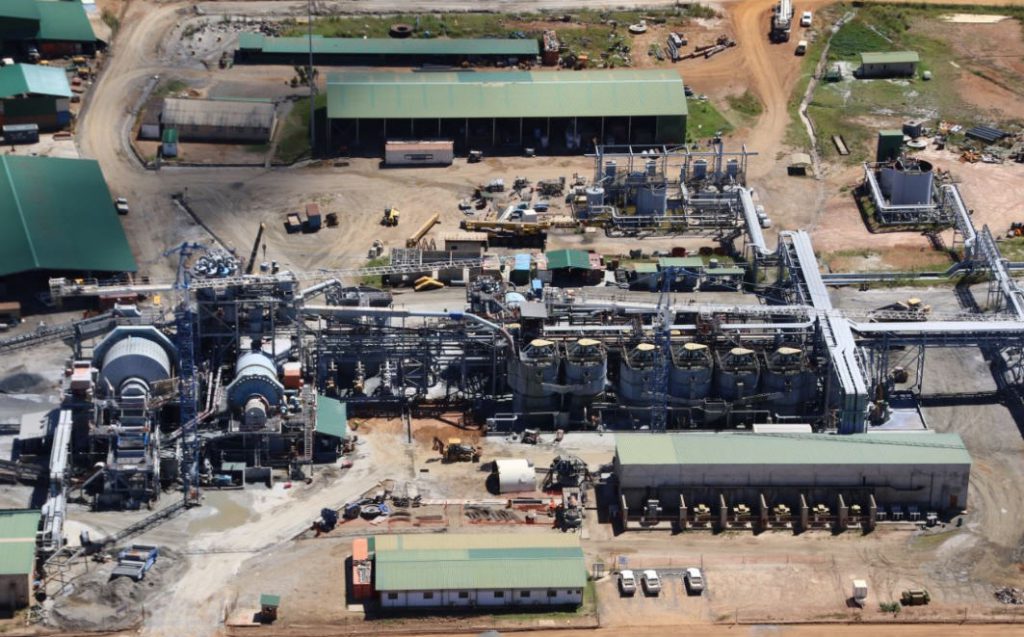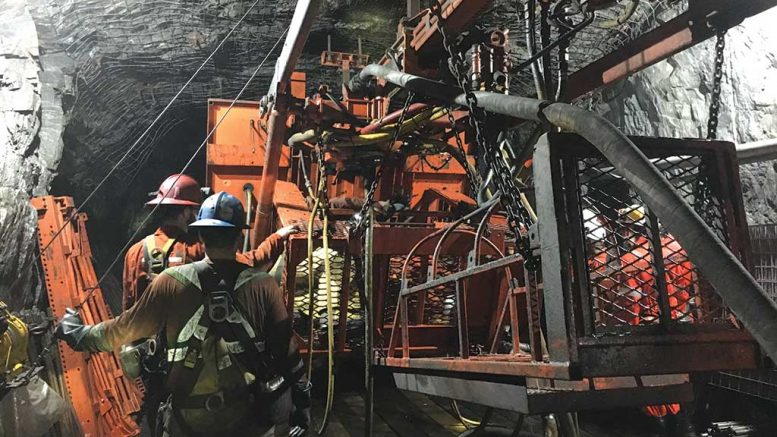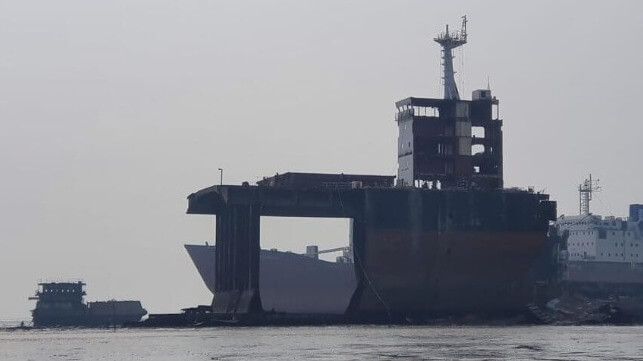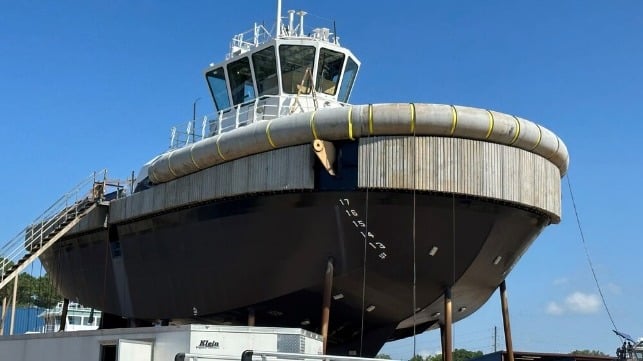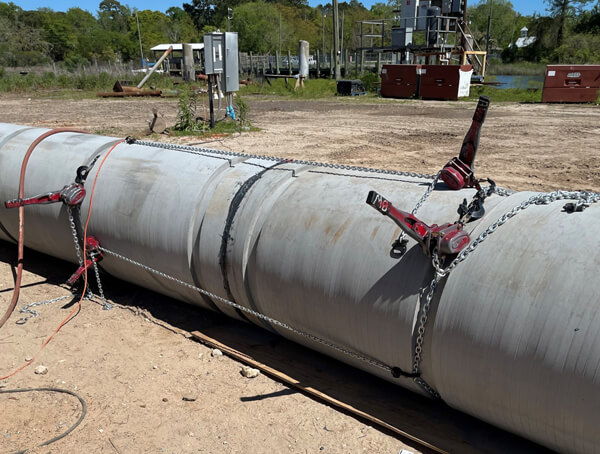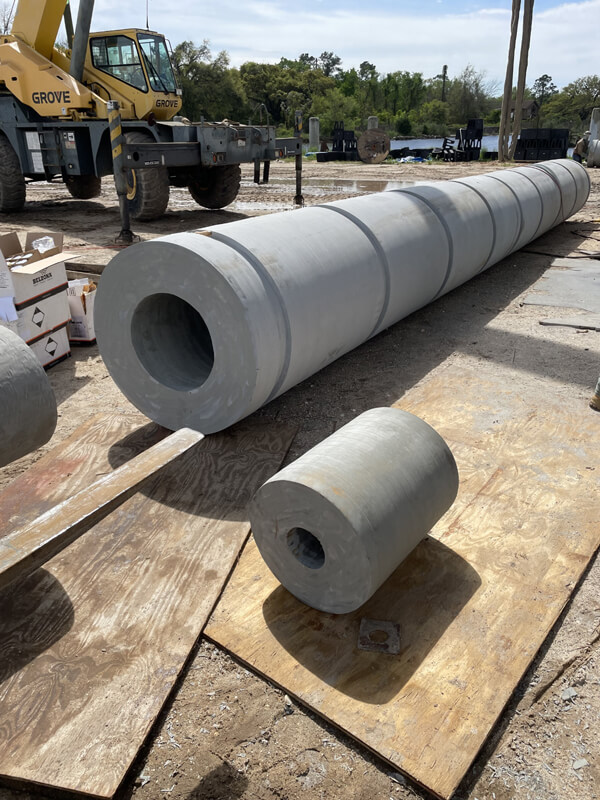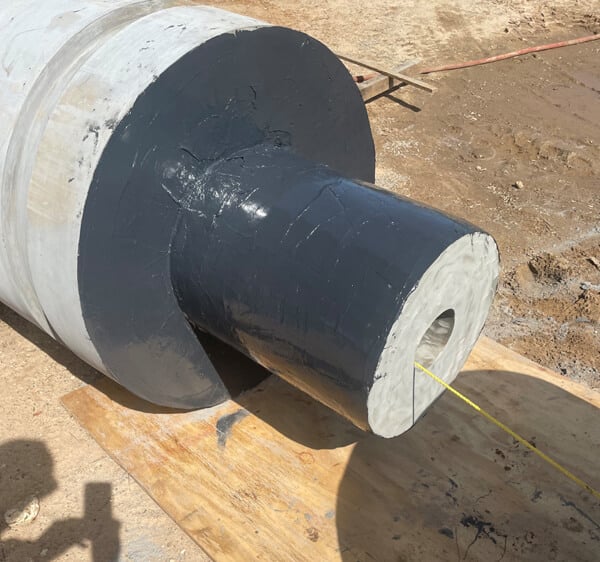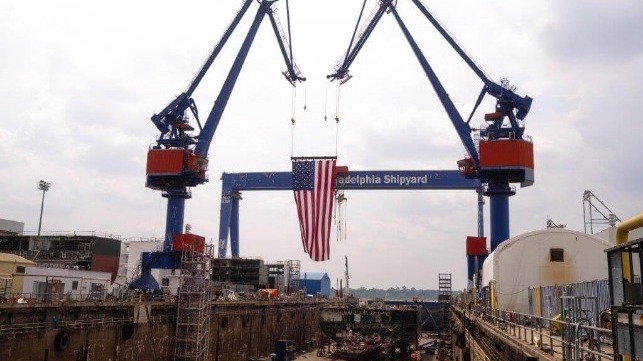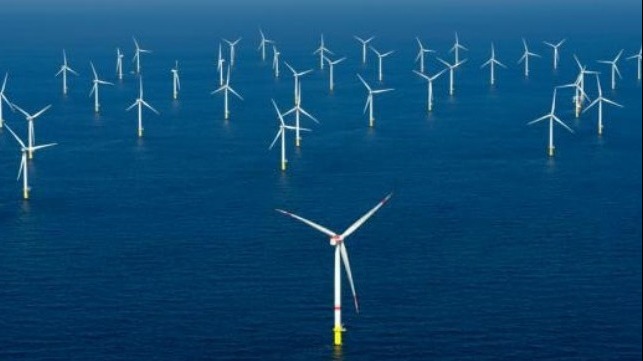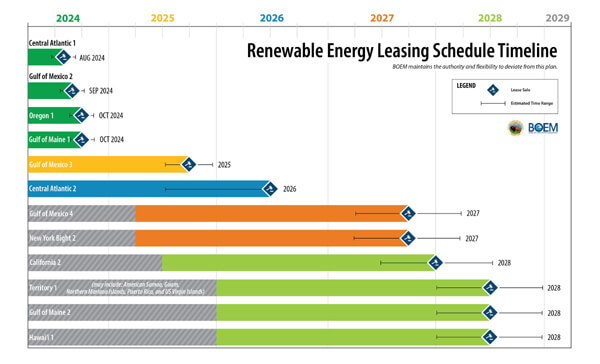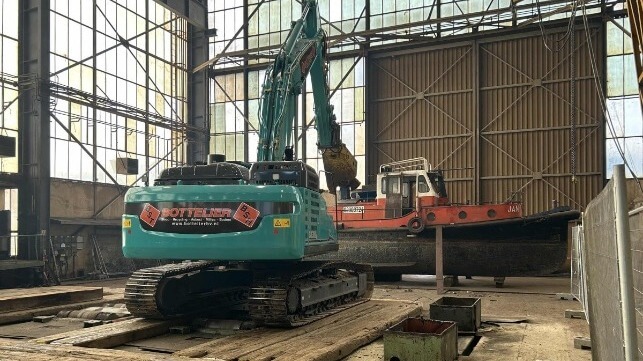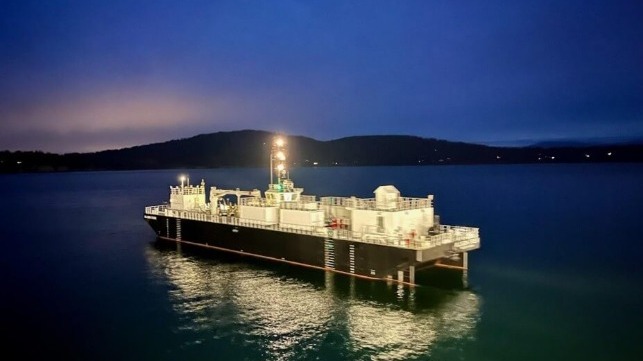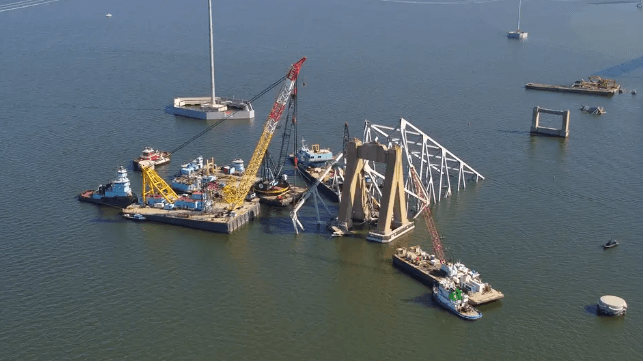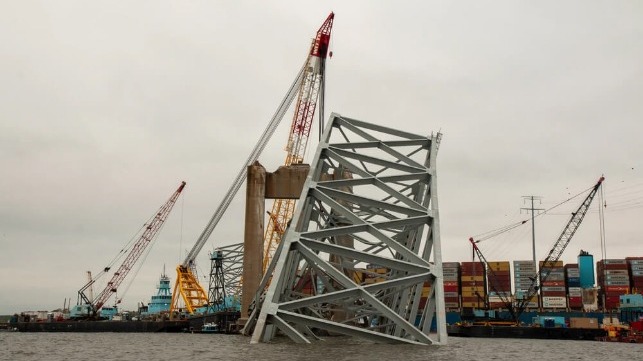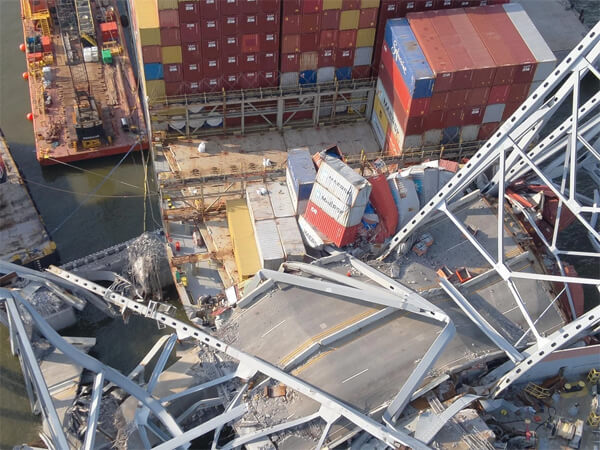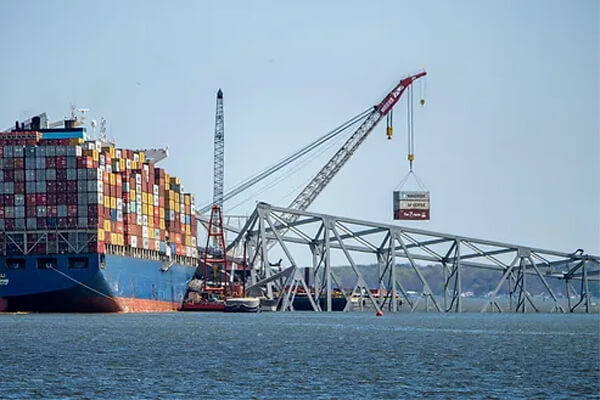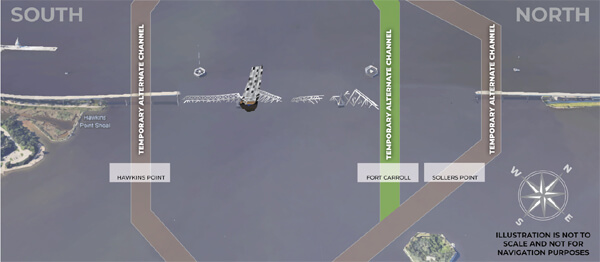Reuters | April 23, 2024 |

Parliament Hill in Ottawa, Ontario. Credit: Adobe Stock
Canada and its Five Eyes Alliance partners are working on put forward a response to tackle the price manipulation of critical metals, Canada’s Finance Minister Chrystia Freeland said on Tuesday.

The US, Britain, Canada, Australia and New Zealand have what is called the Five Eyes intelligence sharing network and the finance ministers from these countries met last Thursday for the spring session of the International Monetary Fund (IMF) in Washington.
Freeland said that she and her counterparts from the Five Eyes Alliance discussed last week on how these countries could “friendshore” their critical minerals supply chain to fight the dumping of critical minerals in the international market by large producing countries, such as China and Indonesia.
The World Economic Forum describes ‘friendshoring’ as a trade practice where supply chain networks are focused on countries that are regarded as political and economic allies.
Freeland said Canada and its allies believe that nickel and other rare earth minerals are intentionally flooded in the market with the purpose of driving Canadian and companies from allied countries out of business.
“Canada is actively working what we can do to discuss collective responses,” she said, adding that economic security needs to be part of national security. Freeland was addressing the media at the annual First Nations Major Projects Coalition conference in Toronto.
Canada has listed 31 metals as critical minerals, which are necessary towards future energy and technology transition.
Dumping is an anti-competitive trade practice in which a country exports certain products at a price lower than what is sold in its home country.
In March this year, Canada’s Natural Resource Minister Jonathan Wilkinson had echoed similar concerns regarding price manipulation and dumping of metals used in electric vehicles.
Canada as part of its effort to encourage investments in the critical metal and electric vehicle supply chain has offered investment tax credits in its recent annual budget that is set to attract interest from global car makers such as Honda.
Freeland said that while the US has the Inflation Reduction Act, legislation aimed at investments in clean energy that transformed the global investment landscape, Canada’s investment policy is the only one in the world that gives the US “a run for its money”.
(By Divya Rajagopal)
